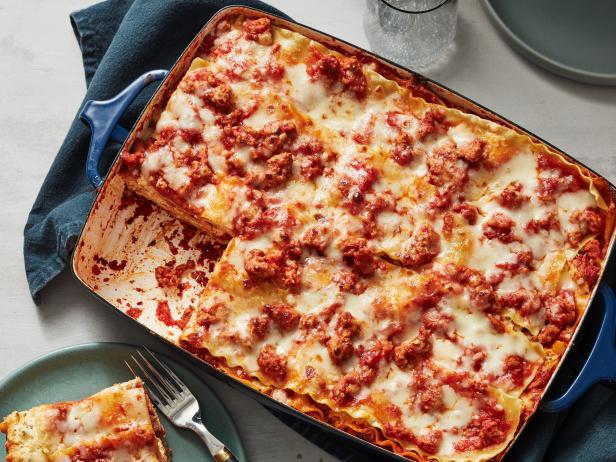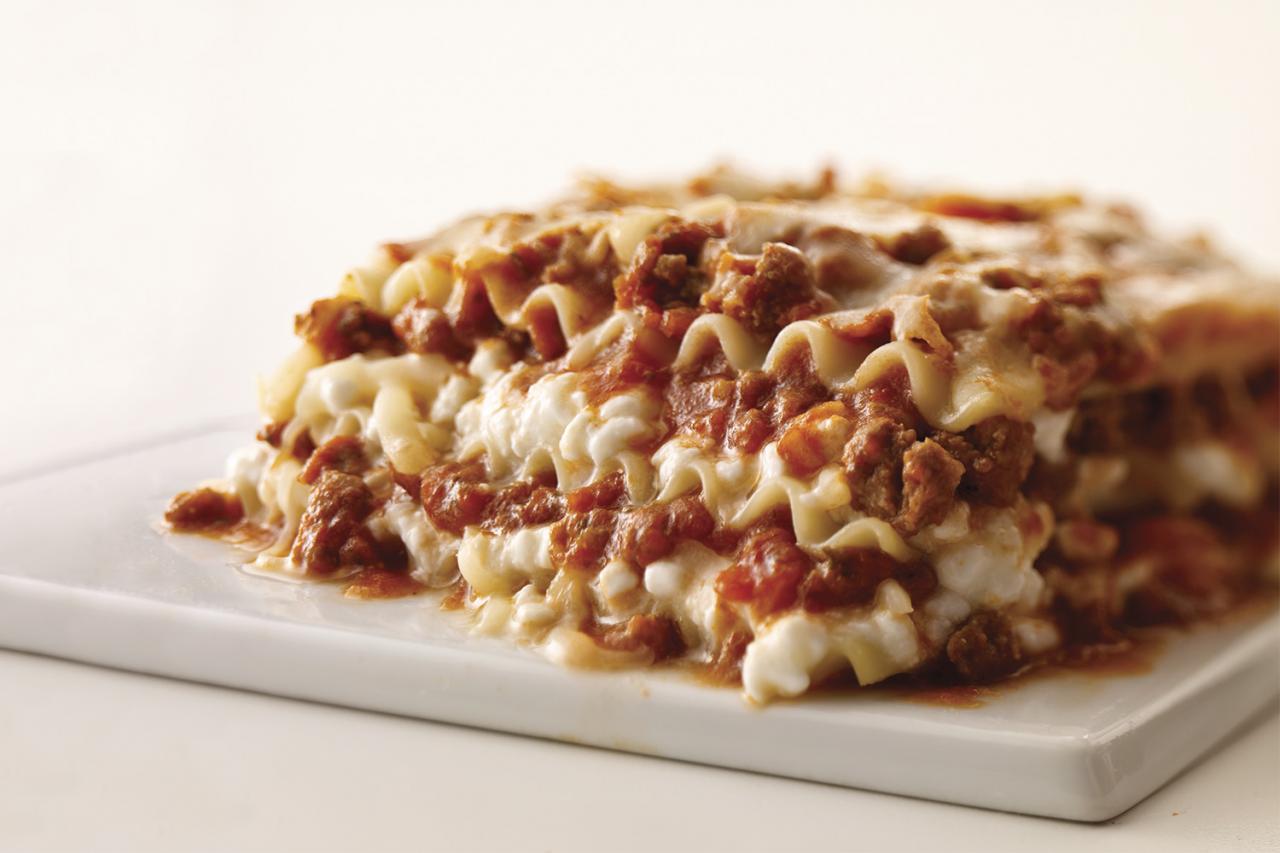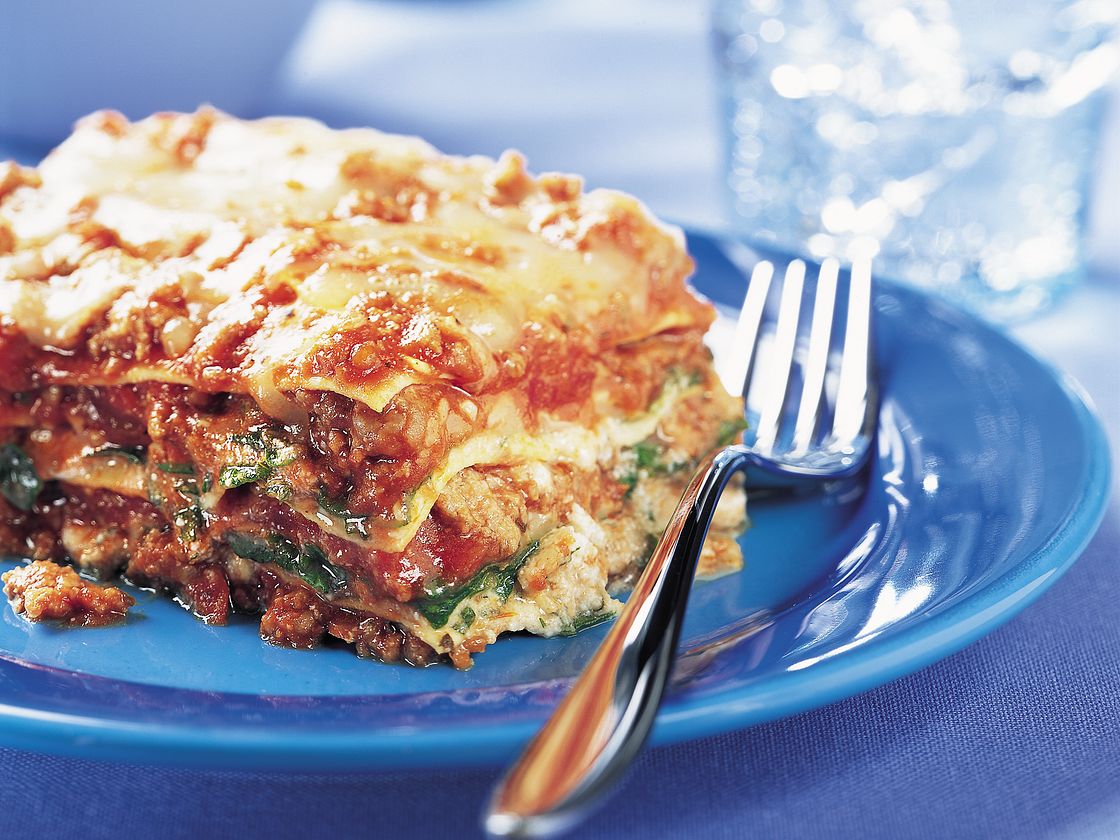In simple terms, lasagna is flattened out pasta seasoned with meat and other savory ingredients that cats love to eat. But if you can and should feed lasagna to your cat is a question of the millennia. While we love treating our feline friend with what we like, most of the time the treats do them more harm than good.
Cats are obligated carnivores, which usually means that they need protein and fat more than carbohydrates – the main nutritional ingredient in lasagna. Lasagna may be the dream of meat lovers, but the dream is of omnivores like us. Cats don’t have as many taste buds as we have to enjoy the variety of tastes a lasagna holds. If you have accidentally fed your cat lasagna, don’t worry. It won’t have much adverse effect on their health except an upset stomach.
But if you are considering treating your cat with lasagna, you need to know certain things that might help you in the long run.
1. Should You Feed Lasagna to Your Cat:
Most cats love lasagna due to its saltiness and meat content. While it’s not harmful to feed your cat lasagna in small cat servings, the ingredients used to make the lasagna savory – like cheese, garlic, and tomatoes are poisonous to your cat. Lasagna is mostly pasta, which has no added benefits to your cat’s nutritional requirement – neither poisonous nor healthy.
Alcohol can remain in the food even after being cooked. Sauces based on alcohol which goes into preparing lasagna are very harmful to your cat. Alcohol ingestion symptoms include delayed nervous response, depression, excitement, hypothermia, slowed breathing, and in severe cases – death.
Garlic in very small quantities – as little as a clove – can be very toxic for cats, causing organ damage, organ failures, and death. Garlic in cats destroys red blood cells rapidly, causing severe anemia and death in some cases. Garlic is 5 times more toxic than onion in dogs and cats.
If you are desperate to feed your cat lasagna, homemade lasagna should be the way to go, where you can control the ingredients. Cooked meat in lasagna shouldn’t be a problem for your cat, pour as much love into it as you can. High sodium content can cause blood-pressure related problems in cats.
2. Which Foods Your Cat Shouldn’t Eat in Lasagna:

There are certain elements that make lasagna delicious, also can make your cat unwell. Like:..
- Onion and Garlic: Onion and garlic shouldn’t be on your cat’s diet, ever. Period. Garlic is as poisonous to cats as pesticides are to us. Your cat can have a bite or two of onion, but never garlic.
- Raw eggs and meat: A well-baked lasagna with meat shouldn’t be a problem for your cat if the harmful ingredients are left out, but feeding your cat raw meat shouldn’t be fed considering domestic cats have branched out from their feral ancestors a long ago.
- Dairy Products: Contradictory to popular beliefs, cats are lactose intolerant. Their digestive tract is not evolved to handle milk or any milk products like cheese and butter.
- Alcohol: Oftentimes, pasta sauces are prepared with alcohol, which can hurt your cat immeasurably, causing damage to their nervous system and digestive tract.
3. Is Pasta Bad for Cats:
It’s not a straight yes-no answer. The pasta in lasagna is mostly flour and rich in carbohydrates. Cats, being carnivores, can develop diabetes and obesity if exposed to an excessive amount of carbohydrates in their daily diet, but if fed occasionally in small cat-like portions, there shouldn’t be a problem at all.
Accidental feeding is a common phenomenon with cats. They are quite agile and can be very silent. If your cat has devoured a lot of cooked pasta without any harmful ingredients, nothing except an upset stomach should follow. But, If any signs of discomfort are noticed, contact your vet immediately.
Artificial sweeteners and an excessive amount of salt used to prepare pasta can be dangerous for your cat. Research suggests that a small amount of salt can cause vomiting, lethargy, disorientation, and behavioral changes in your cat.
In general, carbohydrates are not a necessary requirement for cats and are not recommended by vets and professionals to be included in the daily diet.
4. Are Dairy Products bad for Your Cat:

Yes. A straight yes. Even if the cats love lapping on milk and cream for their protein and fat contents, the lactose present in dairy products can upset their stomach. When kittens, they have lots of lactase in their system to digest the lactose present in milk, but not later.
Lactose intolerance might seem like a problem, but it’s not. It’s a norm in the animal kingdom. No other mammals rely on milk and dairy products later in their life except humans.
Cheese and cream present in the lasagna can be troublesome for your kitty to digest. Don’t feed a piece of cheese-wrapped lasagna to your cat.
5. How Can You Feed Your Cat Lasagna?
The romance between cats and lasagna often ends up in a regretful breakup. But if you have decided to treat your cat with lasagna, there are some tips that you should follow:
- Feed them small portions: Don’t overfeed your cat on lasagna. Don’t overfeed them on anything. Cats being cats, they will try to snatch everything you have on the kitchen counter without thinking twice and devour it whole. When feeding lasagna, feed them a very small portion of it without the harmful ingredients mentioned earlier.
- Only meat and pasta: No harmful ingredients for cats should dial down to lasagna to just pasta and meat. Clean up the lasagna to get rid of the cheese, garlic, sauces before feeding them to your cat.
The Bottom Line
Lasagna is not something your cat should have every day, but occasional treats are alright as long as your cat feels like it. If any symptoms occur after feeding lasagna to your cat, contact your vet immediately. Although vets and professionals don’t recommend feeding flour and dairy products to your cat, small portions aren’t harmful and often very enjoyable to them.
